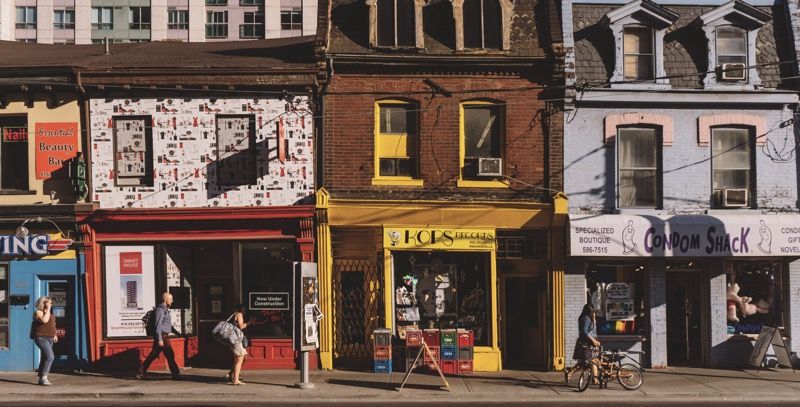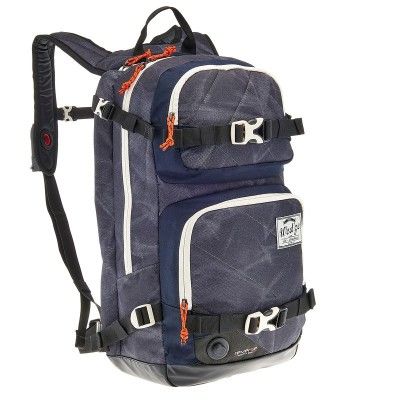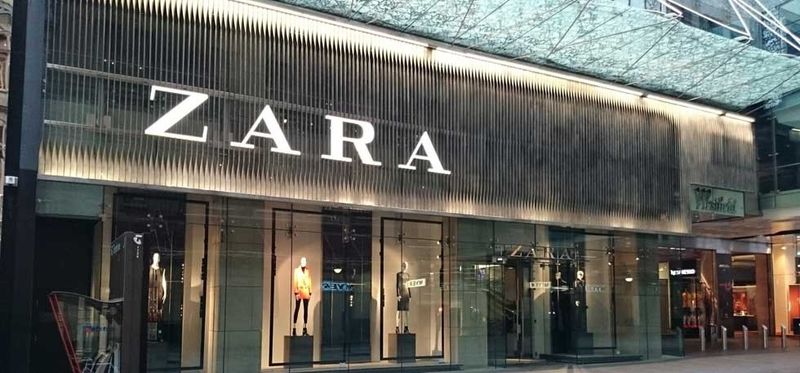The Middle Cannot Hold
In light of Amazon's latest moves - first the acquisition of Whole Foods, and now a cooperation with Sears - the stock market is trying to work out what will be the next area of retail to be hit.

Here's a sample of the latest Finimize newsletter:
Investors should be asking, who’s next in Amazon’s line of fire?
One of the biggest threats is likely to come from Amazon making more of its own-label products. For example, why would people pay a premium for Colgate toothpaste or Dove soap if Amazon basics are cheaper and arrive at our front door on the same day? Procter & Gamble, Unilever and other consumer goods giants could experience serious upheaval to their business models. Similarly, apparel companies are threatened: Amazon’s own-label clothing sales grew 25% last year, far outstripping the industry’s 3% growth. Do you care if your downward dog is performed in Amazon yoga pants rather than Lululemon? Perhaps not.
This analysis is not wrong, but is incomplete. Amazon will indeed take over a large chunk of the bottom end of the market, which is almost undifferentiated. The top end will be largely unaffected, as it is driven by completely different mechanisms.
The vulnerable actors are the ones in the middle of the market, who offered neither exceptionally high quality, nor particularly low prices. Historically, these brands succeeded by controlling distribution, especially outside major population centres.
Once an alternative becomes available that offers lower prices for equivalent quality (or the perception thereof), those middle-of-the-road brands and distribution outlets get squeezed hard.
I have noticed this over the last few years on the ski slopes, where a number of relatively undifferentiated brands have disappeared under a rising tide of previously unkown logos. All of these - Wed'ze, Quechua, and the like - are the house brands of Decathlon, the French sports superstore.

This is the Amazon Basics formula: good quality, and very reasonable prices. What Decathlon adds to the mix is that the designs are usually attractive, if somewhat non-descript, and that the clothes are available to try on in their vast network of retail outlets.
That last factor is key: to conserve differentiation and therefore ability to compete against a determined behemoth like Amazon, offer something they don't. Even buying something as simple as a T-shirt online is a fraught experience, with the differences between European and US sizing. I can't imagine shopping online for anything more complicated, like a shirt or a suit. On the other hand, I buy stuff from Decathlon every season because I can check it out in store, try it on, feel the material.

The same goes for Zara, part of the giant Inditex group, which benefits from a joined-up online/offline strategy. Customers can try on clothes in store, but if the precise colour and size combination is not available, they can order it online through Zara's own retail site.
Another factor that might cause shoppers to hesitate before making an online purchase is returns. The cost of shipping can outweigh the cost of the item, and in any case requires shoppers to deal with packaging and labelling, before taking the item to an out-of-town shipper. Zara on the other hand allows online shoppers to manage exchanges or returns in-store, thereby further monetising their investment in real estate even for online-first shoppers.
Of course not every operator has to take this route - which is good, because by definition there is not much room at this end of the market, where margins are razor-thin.
Sticking with winter sportswear, for anything I care deeply about, I shop from named brands that I have built up trust with - the likes of Level or Hestra for gloves, Under Armor for mid-layers, Burton or Arcteryx for outerwear, and so on. These are fairly big-ticket items, certainly in proportion to the base layers I pick up by the three-pack at Decathlon, so I shop around and get all picky about them.

Part of what I buy into is of course the experience. Going into a North Face store, you feel like you are participating in strenuous and exciting activities, even if all you are doing is bumbling about in-bounds trying to get your kids to graduate from their preferred "Snowplow Everywhere!!!" technique. Neither Amazon nor Decathlon can offer this, but then again, they have staked out the price-sensitive end of the market.
There is not much room in the middle any more, especially when you consider that consumers are quite happy to cross back and forth, wearing base layers from no-name brands under much more expensive outer layers. On the other hand, it's not a foregone conclusion that Amazon will own everything below the top of the market. Price-focused outlets still have a role to play, if they capitalise on their strengths.
As with most aspects of the digital revolution, it's the middlemen that are in trouble. The trick is to have a unique value proposition and stick to it. Operators whose only proposition was ubiquity and convenience cannot match the actual ubiquity and convenience of web-scale operators.
Coming full circle, groceries will experience a similar transition over time. Amazon is good at undifferentiated goods - which is why they started out with books: a book is the same regardless of when and where it is bought. I fully expect them to take over a big chunk of the market for packaged goods. On the other hand, there will always be a need to pick out fruit and groceries in person, to feel whether this avocado is ripe to make guacamole tonight or whether that bunch of bananas is green enough to last out the week. By combining online scale with Whole Foods' local presence, Amazon is going for the Zara play: check out a few products locally, buy many products online, and have both parts of the experience supported by the same seamless massive back-end.
Anyone wanting to compete with Amazon should choose their terrain very carefully indeed. After all, your margin is their opportunity.